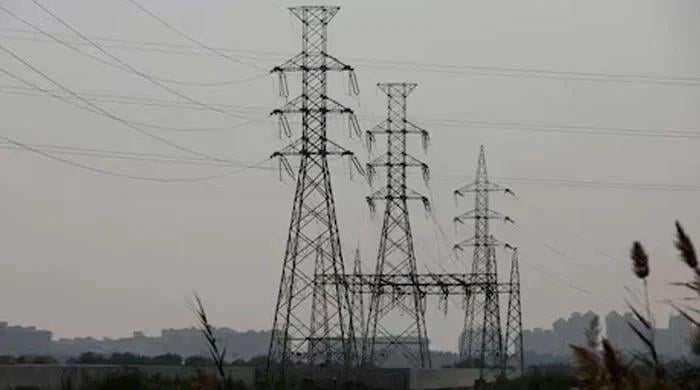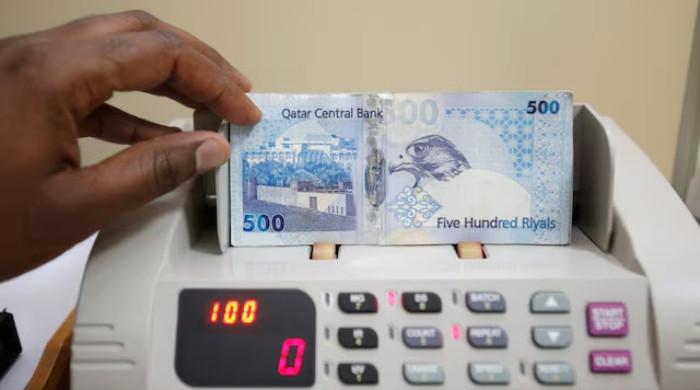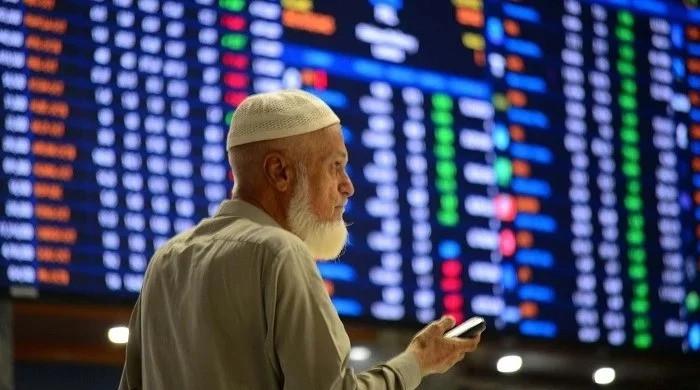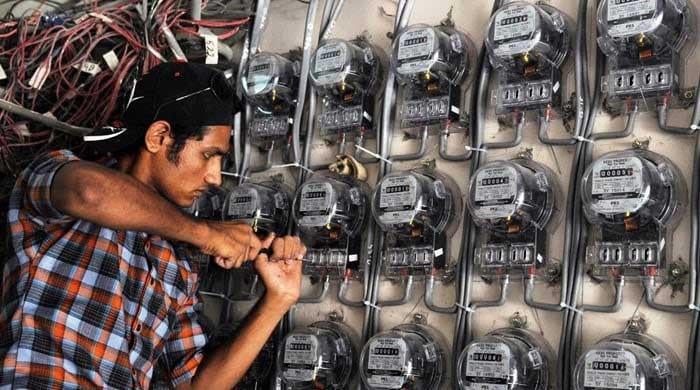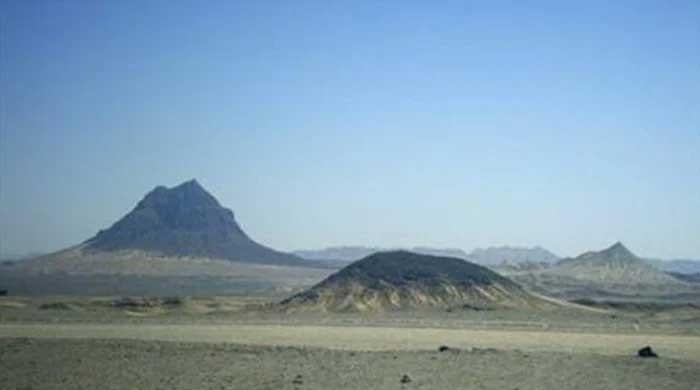Aramco to assess Pakistan's deep conversion refinery offer
Project will be set up in Balochistan's Hub with capacity to refine 350,000-450,000 barrels per day
July 13, 2023
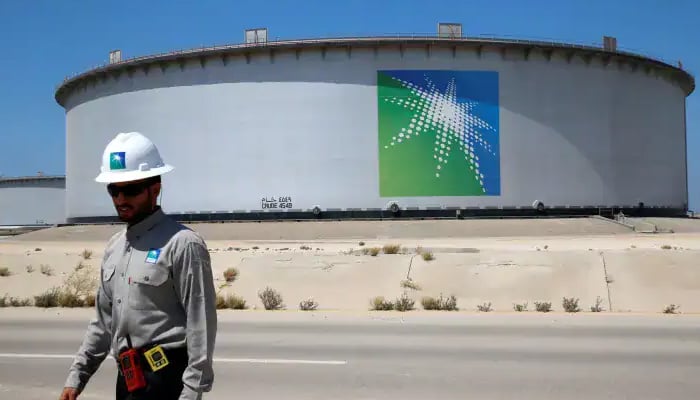
- "Pakistan officials are in touch with KSA counterparts," official says.
- Before agreement, both nations must sign charter of commitments.
- Project will be set up in Hub with capacity to refine 350,000-450,000 barrels per day.
ISLAMABAD: Aramco, a Saudi Arabian Oil Group, is currently examining Pakistan's proposal for the deep conversion refinery, which follows the engineering, procurement, construction (EPC)-F mode and will be constructed by the Gulf nation, a senior official from the Energy Ministry told The News.
The official added that before formalising an agreement, both nations must sign a charter of commitments. This will be followed by various contracts covering financing, host government, and security agreements.
"Pakistan officials are in touch with KSA counterparts for an umbrella agreement," the official said.
Pre-feasibility study and marketing assessment have been completed by the Saudi oil group, and the next step involves conducting the Front End Engineering Design (FEED) to assess project feasibility before launching the major undertaking.
China is also expected to assist in mitigating risks for Saudi investment.
Pakistan has already approved and shared with the capitals of big economies the Green Refinery Policy. The refining policy is too attractive, with allurements of 7.5 percent deemed duty for 25 years and a tax holiday of 20 years.
The project will be set up in Hub, Balochistan, with the capacity to refine 350,000-450,000 barrels per day.
The $10.5 billion refinery would be built under a 70:30 loan-equity ratio, and Saudi Aramco would share 30% equity with Pakistan State Oil on a 50% basis. “KSA may provide 100% equity. And 70% of the cost of the project is to be arranged through loans,” the official said.
If a petrochemical complex was added to the project, then the cost of the refinery could increase from $10.5 to $14 billion as there is a need to add at least one new (greenfield) 300-400k bpd deep conversion refinery and petrochemical complex along with related import terminal and pipelines infrastructure, to meet the future demand.
“No new hydro-skimming refinery shall be allowed to be installed in the country and only brand new deep conversion refinery will be allowed,” the official said.
Aramco is a serious player, owing to which various financial institutions would easily come up with offers for loans. Saudi Arabia wants China to be part of the project and erect it and Chinese banks would also be ready to provide loans for the project. The EPC mode may become EPC-F (financing) mode.
Saudi Aramco and PSO would finance $3 billion equity ($1.5 billion each) and the rest of the amount would be arranged through loans under EPC mode. However, there are chances that Saudi Arabia would provide the whole 30 percent equity of $3 billion.
The new green refinery would be allowed to sell its products, as per minimum Euro 5 specification notified by the Petroleum Division from time to time, to any marketing company, including their own affiliates in the marketing and distribution sector in the country.
The refinery would be allowed to export surplus (with respect to domestic demand) petroleum products, subject to approval from OGRA. However, refineries can export products with specifications that do not have domestic demand under intimation to OGRA and MEPD.
Currently, there are five organisations operating in the oil refining sector in Pakistan: Pak-Arab Refinery Limited (PARCO), Attock Refinery Limited, National Refinery Limited, Pakistan Refinery Limited and Cnergyico Pk Limited.
All of the refineries except PARCO are based on old, hydroskimming technology. PARCO is a mild-conversion refinery, and even that is now more than 20 years old.
The product slate of all the existing local refineries typically comprises naphtha, motor gasoline (petrol), high-speed diesel (HSD), furnace oil (FO), kerosene, jet fuel (JP-1 and JP-8), high-octane blending component (HOBC), liquefied petroleum gas (LPG) and light diesel oil (LDO).
Pakistan’s oil refining capacity is about 450,000bpd, equivalent to 20 million tonnes per annum. Compared to the 20 million tonnes of refining capacity, the actual capacity utilisation is around 11 million tonnes. This is mainly due to the decreasing FO demand in the country as a result of a change in the energy mix in the power sector.
It should be noted that in essence, the production slate for refineries is fixed. i.e., they cannot produce just MS or HSD; all products are produced simultaneously.
Thus, as FO demand declines, refineries have to lower their overall production and struggle to maintain their throughput at optimal levels. As per the forecast by an international consultant, Pakistan’s demand for MS and HSD is expected to reach 33 million tonnes per annum (mtpa) by 2035.
Pakistan has been importing significant volumes of petrochemicals worth more than $2 billion annually, as there is no primary petrochemical production facility in Pakistan. Petrochemical consumption includes thermoplastics and thermosetting resins.
Among the thermoplastics category, bulk consumption is of polyethylene (PE) and polypropylene (PP).
At present, the petrochemical industry of Pakistan is limited to the production of polyvinyl chloride (PVC), polystyrene (PS), synthetic fibres, (i.e., polyester), and purified terephthalic acid (PTA) and polyethylene terephthalate PET resins.
There is no production of any basic petrochemicals i.e., ethylene, propylene etc., in the country.




